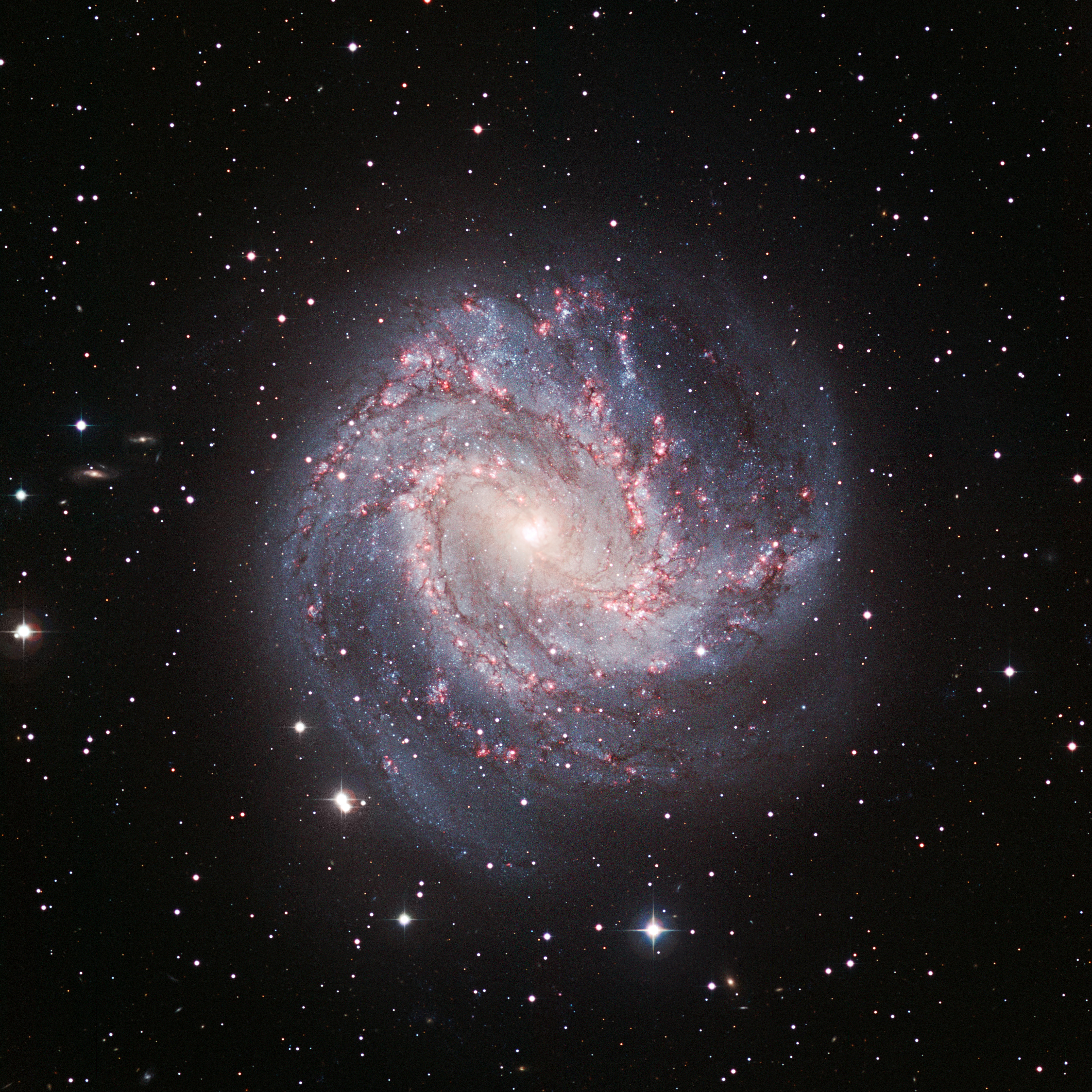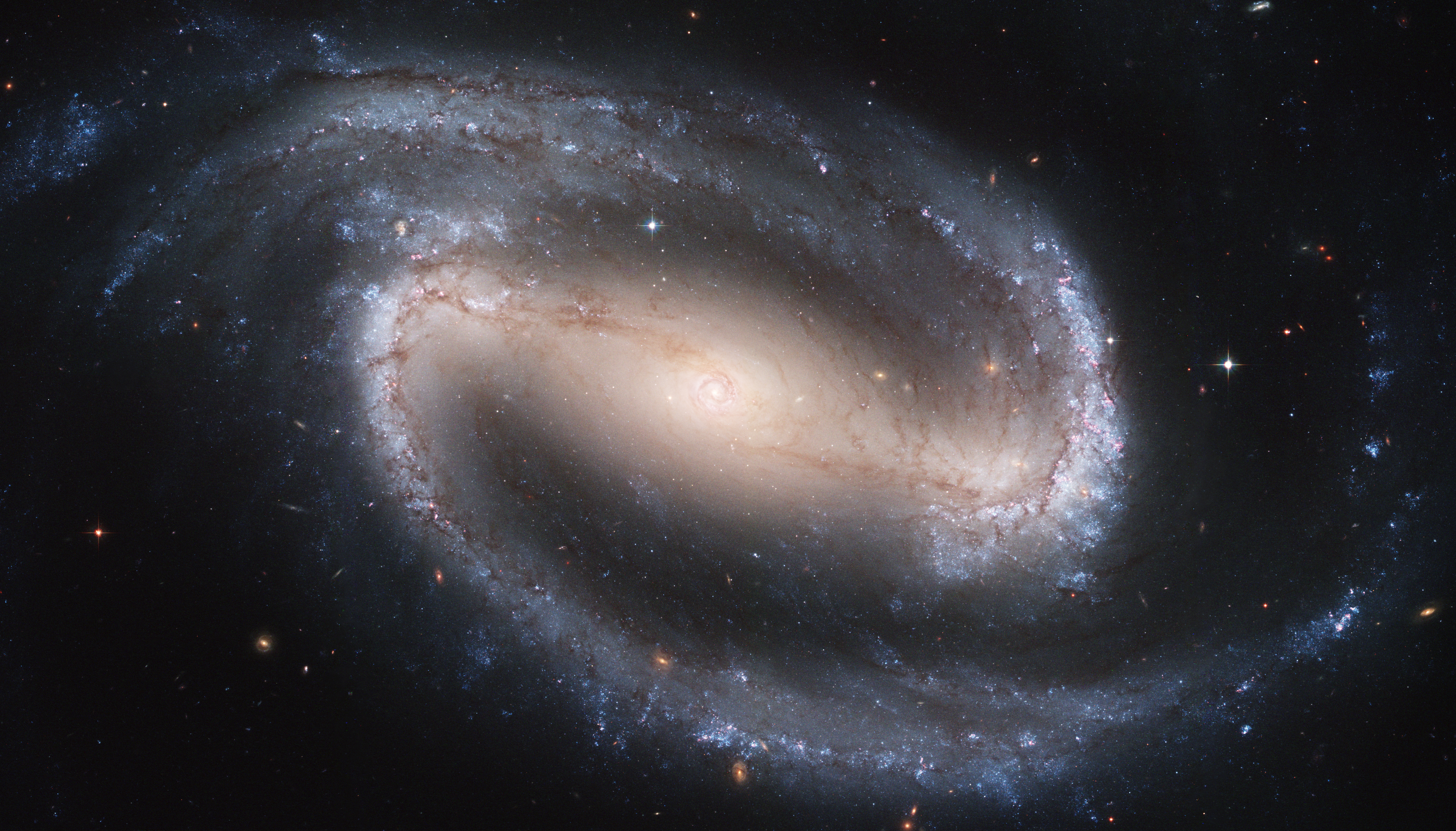|
NGC 1258
NGC 1258 is an intermediate spiral galaxy in the Eridanus Cluster. NGC 1258's distance from Earth Earth is the third planet from the Sun and the only astronomical object known to harbor life. While large volumes of water can be found throughout the Solar System, only Earth sustains liquid surface water. About 71% of Earth's surfa ... is . Reference {{Eridanus (constellation) Eridanus Group NGC objects Intermediate spiral galaxies Eridanus (constellation) ... [...More Info...] [...Related Items...] OR: [Wikipedia] [Google] [Baidu] |
NGC 1258 -HST09042 17R814GB450
NGC commonly refers to: * New General Catalogue of Nebulae and Clusters of Stars, a catalogue of deep sky objects in astronomy NGC may also refer to: Companies * NGC Corporation, name of US electric company Dynegy, Inc. from 1995 to 1998 * National Gas Company of Trinidad and Tobago, state-owned natural gas company in Trinidad and Tobago * National Grid plc, a former name of National Grid Electricity Transmission plc, the operator of the British electricity transmission system * Northrop Grumman Corporation, aerospace and defense conglomerate formed from the merger of Northrop Corporation and Grumman Corporation in 1994 * Numismatic Guaranty Corporation, coin certification company in the United States Other uses * National Gallery of Canada, art gallery founded in 1880 in Ottawa, Canada * National Geographic, documentary and reality television channel established in the United States in 2001 formerly called National Geographic Channel * Native Girls Code, US non-profit organisat ... [...More Info...] [...Related Items...] OR: [Wikipedia] [Google] [Baidu] |
Intermediate Spiral Galaxy
An intermediate spiral galaxy is a galaxy that is in between the classifications of a barred spiral galaxy and an unbarred spiral galaxy. It is designated as SAB in the galaxy morphological classification system devised by Gerard de Vaucouleurs. Subtypes are labeled as SAB0, SABa, SABb, or SABc, following a sequence analogous to the Hubble sequence for barred and unbarred spirals. The subtype (0, a, b, or c) is based on the relative prominence of the central bulge and how tightly wound the spiral arms Spiral galaxies form a class of galaxy originally described by Edwin Hubble in his 1936 work ''The Realm of the Nebulae'' [...More Info...] [...Related Items...] OR: [Wikipedia] [Google] [Baidu] |
Eridanus Cluster
The Eridanus Cluster is a galaxy cluster roughly from Earth, containing about 73 main Galaxy, galaxies and about 200 total galaxies. About 30% have Hubble sequence, Hubble classifications of elliptical or S0 and the remaining 70% are spiral or irregular. These galaxies reside in smaller groups which are all loosely gravitationally bound to each other, suggesting that the system is still condensing from the Hubble flow and may eventually form a cluster of about 1014 . A low velocity dispersion compared to that of, for example, the Coma cluster, supports this hypothesis. The Eridanus Cluster is located in the constellation Eridanus (constellation), Eridanus near the Fornax Cluster, and is sometimes called the "Fornax II Cluster". Table of galaxies See also *List of galaxy clusters *Coma Cluster *Fornax Cluster *Norma Cluster *Virgo Cluster References {{DEFAULTSORT:Eridanus Cluster Eridanus (constellation) Galaxy clusters Southern Supercluster ... [...More Info...] [...Related Items...] OR: [Wikipedia] [Google] [Baidu] |
Earth
Earth is the third planet from the Sun and the only astronomical object known to harbor life. While large volumes of water can be found throughout the Solar System, only Earth sustains liquid surface water. About 71% of Earth's surface is made up of the ocean, dwarfing Earth's polar ice, lakes, and rivers. The remaining 29% of Earth's surface is land, consisting of continents and islands. Earth's surface layer is formed of several slowly moving tectonic plates, which interact to produce mountain ranges, volcanoes, and earthquakes. Earth's liquid outer core generates the magnetic field that shapes the magnetosphere of the Earth, deflecting destructive solar winds. The atmosphere of the Earth consists mostly of nitrogen and oxygen. Greenhouse gases in the atmosphere like carbon dioxide (CO2) trap a part of the energy from the Sun close to the surface. Water vapor is widely present in the atmosphere and forms clouds that cover most of the planet. More solar e ... [...More Info...] [...Related Items...] OR: [Wikipedia] [Google] [Baidu] |
Eridanus Group
The Eridanus Group, sometimes called the Eridanus Cloud, is a nearby loose grouping of galaxies at a mean distance of approximately 75 Mly (23 ± 2 Mpc) in the constellation Eridanus. Redshift values show that there are approximately 200 galaxies associated with the group, approximately 70% of which are spiral and irregular type galaxies while the remaining 30% are elliptical and lenticular types. Characteristics The concentration of galaxies in the Eridanus area was first identified by Baker in 1933. A more in depth study and discussion of the region was carried out by de Vaucouleurs in 1975. Work by Willmer et al. in 1989 suggested that the Group is condensing from the Hubble Flow and is a prominent feature in the large-scale system called the Eridanus-Fornax-Dorado Filament. The group extends over approximately 10 Mpc and on the sky is bounded by the lines of 3hr6' and 4hr30' of Right Ascension and −10° and −30° Declination. The galaxies in the Eridanus Gro ... [...More Info...] [...Related Items...] OR: [Wikipedia] [Google] [Baidu] |
NGC Objects
The ''New General Catalogue of Nebulae and Clusters of Stars'' (abbreviated NGC) is an astronomical catalogue of deep-sky objects compiled by John Louis Emil Dreyer in 1888. The NGC contains 7,840 objects, including galaxies, star clusters and emission nebulae. Dreyer published two supplements to the NGC in 1895 and 1908, known as the ''Index Catalogues'' (abbreviated IC), describing a further 5,386 astronomical objects. Thousands of these objects are best known by their NGC or IC numbers, which remain in widespread use. The NGC expanded and consolidated the cataloguing work of William and Caroline Herschel, and John Herschel's ''General Catalogue of Nebulae and Clusters of Stars''. Objects south of the celestial equator are catalogued somewhat less thoroughly, but many were included based on observation by John Herschel or James Dunlop. The NGC contained multiple errors, but attempts to eliminate them were made by the ''Revised New General Catalogue'' (RNGC) by Jack W. Sulenti ... [...More Info...] [...Related Items...] OR: [Wikipedia] [Google] [Baidu] |
Intermediate Spiral Galaxies
An intermediate spiral galaxy is a galaxy that is in between the classifications of a barred spiral galaxy and an unbarred spiral galaxy. It is designated as SAB in the galaxy morphological classification system devised by Gerard de Vaucouleurs. Subtypes are labeled as SAB0, SABa, SABb, or SABc, following a sequence analogous to the Hubble sequence for barred and unbarred spirals. The subtype (0, a, b, or c) is based on the relative prominence of the central bulge and how tightly wound the spiral arms Spiral galaxies form a class of galaxy originally described by Edwin Hubble in his 1936 work ''The Realm of the Nebulae'' [...More Info...] [...Related Items...] OR: [Wikipedia] [Google] [Baidu] |




